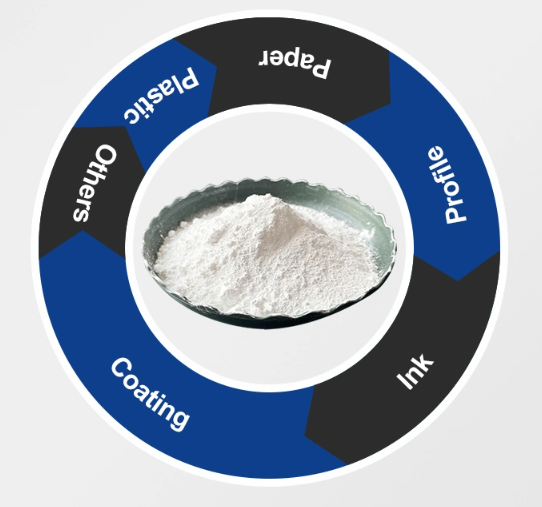
Каст . 31, 2024 17:28 Back to list
Understanding the Properties and Uses of Titanium Dioxide CAS 13463-67-7
The Importance of Titanium Dioxide (CAS No. 13463-67-7) in Modern Applications
Titanium dioxide (TiO2), identified by the CAS number 13463-67-7, is a white, opaque mineral with a myriad of applications across various industries. Known for its superior brightness and high refractive index, titanium dioxide plays a crucial role in the formulation of products ranging from paints and coatings to cosmetics and food additives.
The Importance of Titanium Dioxide (CAS No
. 13463-67-7) in Modern ApplicationsThe use of titanium dioxide extends beyond paint; it is also a key ingredient in plastics, rubber, and inks. In plastics, it aids in coloration while improving opacity and weather resistance. In rubber, TiO2 enhances durability and provides reinforcement, making it suitable for outdoor and automotive applications. In the ink industry, its bright and stable color properties make it an essential component for high-fidelity prints.
cas no.13463-67-7 titanium dioxide

In the realm of cosmetics, titanium dioxide serves multiple purposes. Thanks to its natural UV-filtering qualities, it is commonly used in sunscreens and other skincare products to provide protection against harmful ultraviolet rays. Additionally, its pigmenting properties make it a popular choice in makeup products, offering opacity and a smooth texture. The safety profile of TiO2—the fact that it is non-toxic and generally recognized as safe (GRAS) when used in cosmetics—adds to its appeal for consumers and manufacturers alike.
Moreover, titanium dioxide has found applications in the food industry. It is often used as a whitening agent in various food products, including dairy items, confectionery, and processed foods. Its role as a food additive (E171) has raised some health concerns, prompting ongoing discussions about its safety and regulation. As a result, the industry is continuously monitoring the usage levels of food-grade titanium dioxide to comply with safety standards and consumer expectations.
In recent years, the scientific community has also begun to explore the potential of titanium dioxide as a photocatalyst in environmental applications. When activated by UV light, TiO2 can break down organic pollutants, making it a promising material for water purification and air quality improvement. This capability aligns with the increasing emphasis on sustainability and environmental responsibility across industries.
In conclusion, titanium dioxide (CAS No. 13463-67-7) is a multifaceted chemical compound that underpins numerous sectors in modern society. Its versatility as a pigment, UV filter, and photocatalyst highlights its significant role in enhancing product performance and safety. As industries evolve and adapt to new technologies and safety standards, the methods of production and application of titanium dioxide will likely continue to change, ensuring its place as a vital component in future innovations.
-
China Lithopone in China Supplier – High Quality Lithopone ZnS 30% Powder for Wholesale
NewsJun.10,2025
-
Top China Titanium Dioxide Company – Premium TiO2 Powder Supplier & Manufacturer
NewsJun.10,2025
-
Fast Shipping 99% Pure TiO2 Powder CAS 13463-67-7 Bulk Wholesale
NewsJun.10,2025
-
Top China Titanium Dioxide Manufacturers High-Purity R996 & Anatase
NewsJun.10,2025
-
Lithopone MSDS Factories - Production & Quotes
NewsJun.10,2025
-
High-Quality Titanium Dioxide in Water Suppliers - China Expertise 60
NewsJun.09,2025
